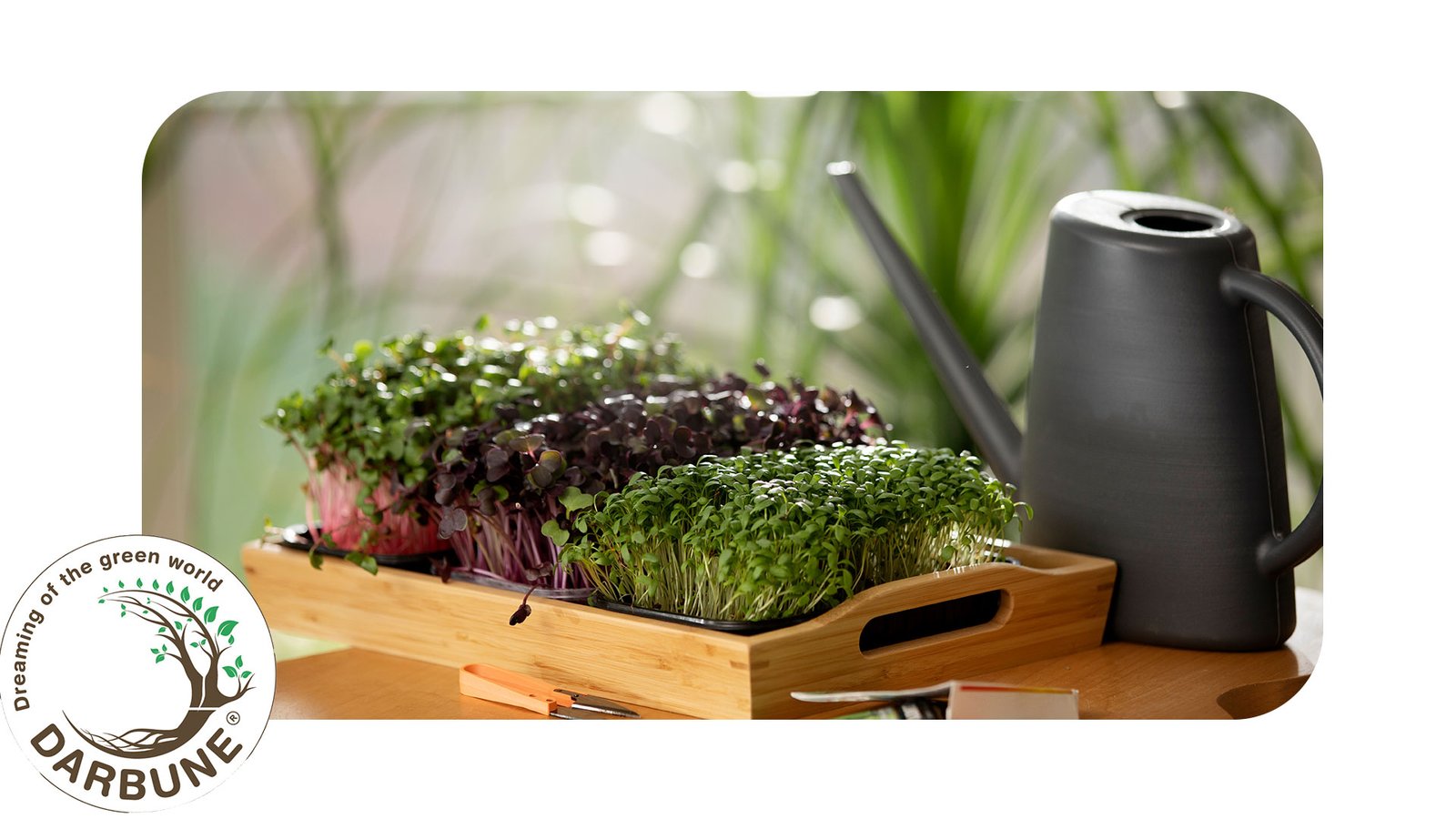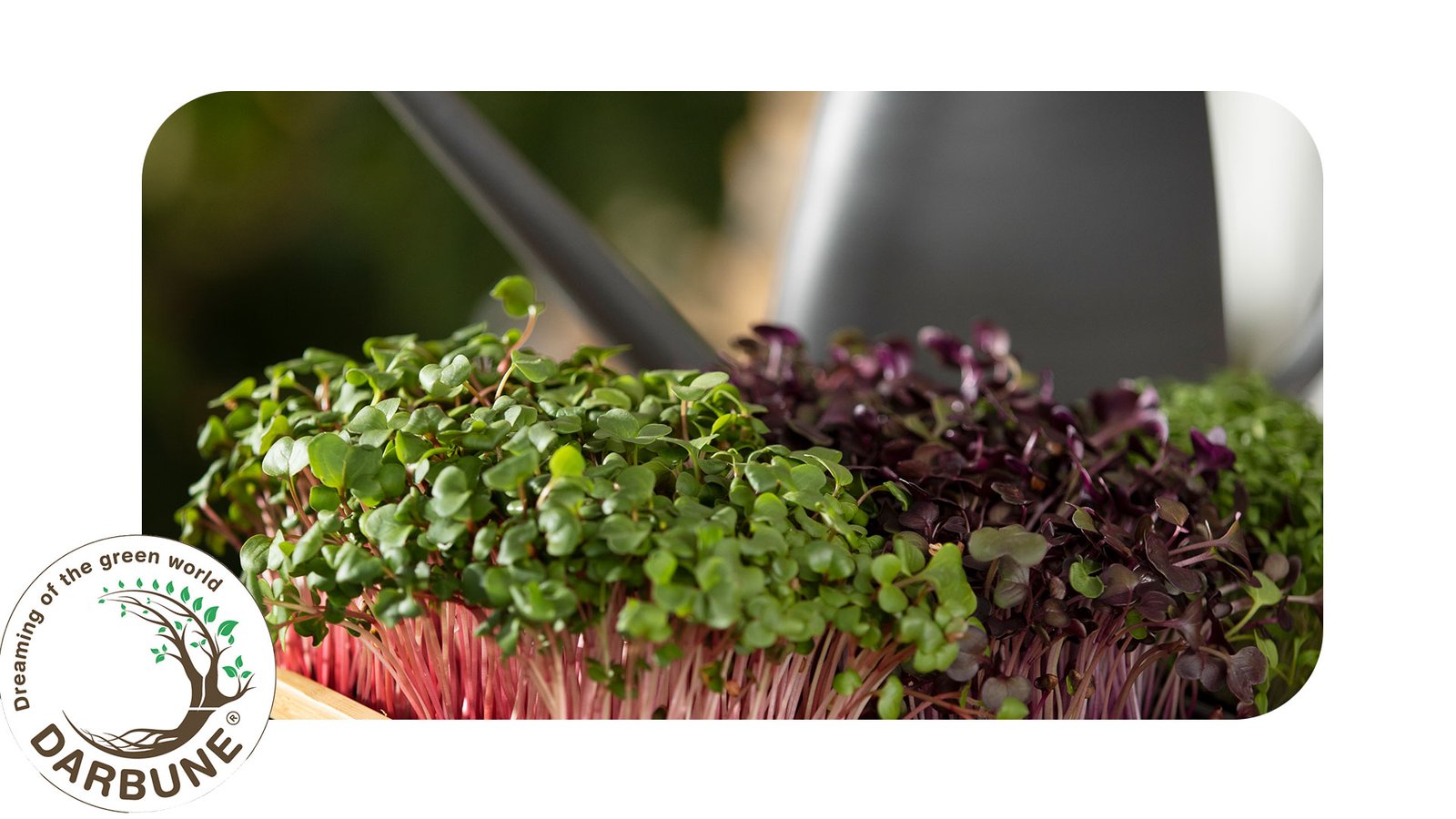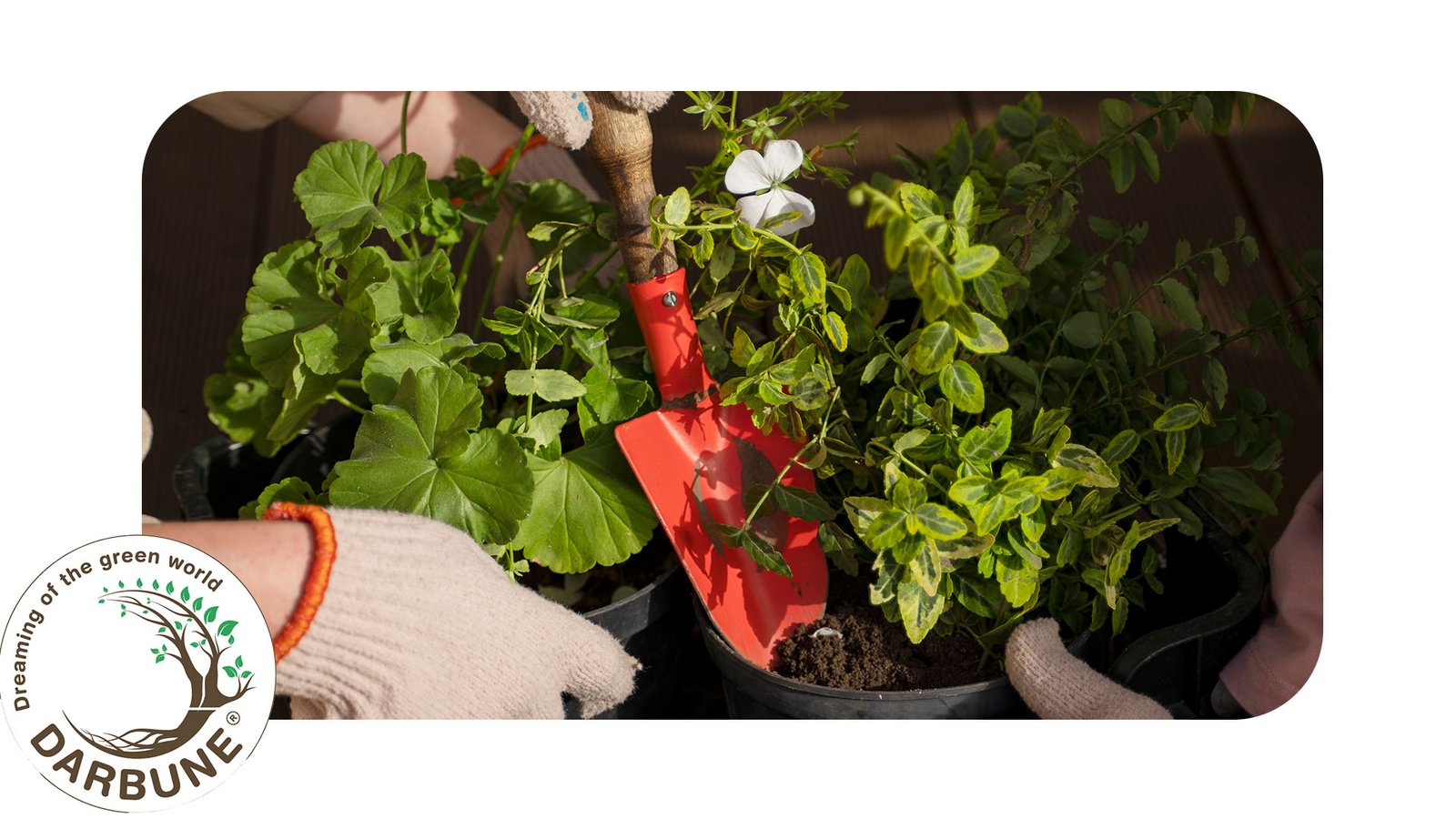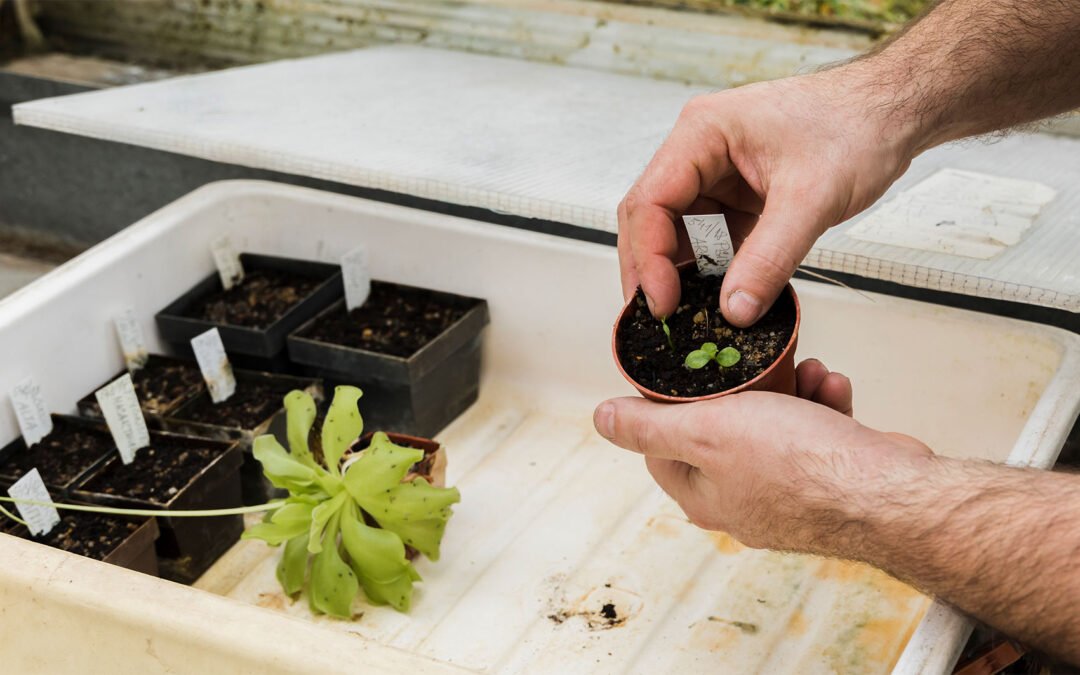Have you ever wanted to grow fresh vegetables and herbs at home but lack the space or soil quality for traditional gardening? Hydroponic farming offers a revolutionary way to cultivate plants without soil, using nutrient-rich water instead. This method is efficient, supports sustainable indoor farming, and is perfect for urban dwellers or anyone interested in home farming.
In this comprehensive guide, we will walk you through everything you need to know about starting your own hydroponic farm at home, from selecting the right system to maintaining healthy plants for a bountiful harvest.

What is Hydroponic Farming?
Hydroponic farming is a method of growing plants without soil, where nutrients are delivered directly to the roots through water. This system allows plants to grow faster, use water more efficiently, and thrive in small spaces. It is an ideal solution for home gardeners who want fresh produce year-round and seek sustainable indoor farming methods.
Benefits of Hydroponic Farming
- Space-efficient: Perfect for urban apartments and small homes.
- Water-saving: Uses up to 90% less water compared to traditional farming.
- Faster growth: Plants grow 30-50% faster due to direct nutrient absorption.
- Pest and disease control: Reduced risk of soil-borne pests and diseases.
- Year-round gardening: No dependency on weather conditions.
Types of Indoor Farming
When considering hydroponics, it’s important to explore different types of indoor farming. Hydroponics is one of the most efficient methods, but other techniques like aquaponics and aeroponics also provide unique advantages.
Choosing the Right Hydroponic System

There are various types of hydroponic systems, each with its own advantages. Here are some of the most popular ones:
1. Deep Water Culture (DWC)
- Plants are suspended in nutrient-rich water.
- Air pumps provide oxygen to the roots.
- Best for leafy greens like lettuce and spinach.
2. Nutrient Film Technique (NFT)
- A continuous flow of nutrient solution runs through a sloped channel.
- Roots are exposed to air for better oxygenation.
- Ideal for herbs and smaller plants.
3. Ebb and Flow (Flood and Drain)
- Periodically floods the grow tray with nutrient solution, then drains.
- Suitable for various plant types, including fruiting plants.
4. Wick System
- Passive system using wicks to draw nutrients to plant roots.
- Best for small plants and beginners.
5. Aeroponics
- Plants are suspended in air with nutrient mist sprayed onto roots.
- Offers rapid growth but requires technical expertise.
Use AI in Hydroponic Farming
Technology has revolutionized hydroponic farming, and now, using AI in hydroponic farming is becoming a game-changer. AI-powered monitoring systems can track plant growth, optimize nutrient levels, and detect diseases early, leading to healthier and more productive crops. Smart farming solutions integrate AI-driven automation, making home hydroponic systems more efficient and easier to manage.
Essential Components for a Home Hydroponic System
To set up a successful hydroponic garden, you will need the following components:
- Growing containers: Net pots or trays for holding plants.
- Nutrient solution: A balanced mix of essential minerals for plant growth.
- Water reservoir: Holds the nutrient solution.
- Air pump and air stone: Ensures oxygenation in the water.
- Growing medium: Options include coconut coir, perlite, or rock wool.
- Lighting: LED grow lights for indoor farming.
Step-by-Step Guide to Setting Up a Hydroponic System at Home

Step 1: Choose Your Plants
Not all plants thrive in hydroponic systems. Ideal choices for beginners include:
- Lettuce
- Spinach
- Basil
- Mint
- Tomatoes
- Strawberries
Step 2: Select Your Hydroponic System
Based on your space, budget, and experience level, choose the most suitable hydroponic system from the list above.
Step 3: Set Up the System
- Assemble the containers, reservoir, and tubing.
- Place the plants in net pots with the chosen growing medium.
- Connect the air pump and ensure proper aeration.
Step 4: Mix and Maintain the Nutrient Solution
- Use hydroponic nutrients formulated for your chosen plants.
- Maintain pH levels between 5.5 and 6.5 for optimal growth.
Step 5: Provide Adequate Lighting
- Position LED grow lights 12-18 inches above plants.
- Keep lights on for 12-16 hours a day.
Step 6: Monitor and Maintain
- Regularly check nutrient levels and pH balance.
- Inspect plants for any signs of disease or nutrient deficiencies.
- Clean the system periodically to prevent algae buildup.
Grow Organic Vegetables in an Urban Environment
One of the greatest advantages of hydroponic farming is the ability to grow organic vegetables in an urban setting. Since hydroponics eliminates the need for soil, urban dwellers can grow fresh, pesticide-free produce right in their homes. Whether it’s a small apartment balcony or an indoor kitchen setup, hydroponics makes organic urban farming possible and sustainable.
Common Challenges and How to Overcome Them
Nutrient Imbalance
- Monitor and adjust nutrient solution weekly.
Algae Growth
- Use opaque containers to block light from reaching the water.
Root Rot
- Ensure proper aeration and avoid overwatering.
Pests and Diseases
- Maintain cleanliness and inspect plants regularly.
Conclusion
Hydroponic farming at home is an efficient, space-saving, and sustainable way to grow fresh produce year-round. By choosing the right system, maintaining nutrient balance, and providing adequate light and care, you can enjoy a thriving indoor garden with minimal effort.
Frequently Asked Questions (FAQ)
1. What are the best plants to grow hydroponically?
Leafy greens, herbs, tomatoes, and strawberries thrive best in hydroponic systems.
2. How much does it cost to start a home hydroponic system?
A small DIY setup can cost as little as $50, while larger systems can range up to $500 or more.
3. Do hydroponic plants taste different from soil-grown plants?
Hydroponic produce often tastes fresher and can be more flavorful due to controlled nutrient intake.
4. Is hydroponic farming environmentally friendly?
Yes! It uses less water, eliminates the need for pesticides, and reduces transportation emissions.
5. Can I use tap water for hydroponics?
Yes, but it’s best to test and adjust pH levels before use.
By following these steps, you can successfully start and maintain your own hydroponic farm at home. Happy growing!

